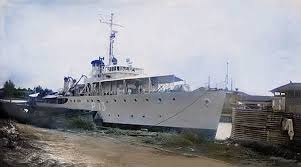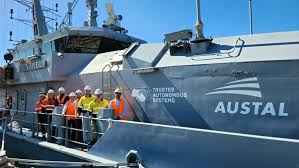On 16 February 1943, at the height of the Second World War, the Dutch government-in-exile formally recognised the bravery of Quartermaster Pieter de Bruin with the Dutch Cross of Merit. The award was presented in Australia by Baron François Cornelis van Aerssen Beijeren van Voshol, the first accredited Dutch envoy to Australia. It was one of the few Dutch military honours conferred on Australian soil during the war, and it symbolised the continuing connection between the Netherlands and its military forces abroad.
The incident behind the medal
Pieter de Bruin was serving with the Royal Netherlands Navy in Australia after the fall of the Netherlands East Indies to Japanese forces in early 1942. During this time, Dutch naval personnel were integrated into Allied commands, particularly around Sydney and Fremantle. While specific details of the incident remain sparse, records from the Australian War Memorial indicate that de Bruin was recognised for his conspicuous bravery in saving two ships during an air raid actions during a military emergency involving Dutch assets and personnel under Allied coordination.
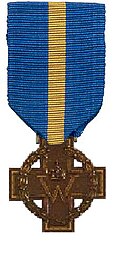
The Dutch Cross of Merit was instituted in 1941 by Queen Wilhelmina to recognise acts of bravery or exceptional service to the Dutch war effort, particularly among those serving outside the occupied Netherlands. De Bruin’s award was part of a broader effort to acknowledge the contributions of Dutch servicemen operating from exile.
A public act of diplomacy and gratitude
The ceremony was significant not only as an act of military recognition but also as an opportunity for public diplomacy. At the time, Dutch authorities were striving to maintain morale and visibility among their forces in exile, while reinforcing their commitment to the Allied cause. The award also served to strengthen the growing Dutch–Australian military connection, which was becoming increasingly important as Dutch naval and air units operated from Australian bases.
Baron van Aerssen, representing the Dutch government-in-exile in London, made the award personally. His presence underscored the seriousness of the commendation and its role in maintaining continuity of Dutch military tradition and sovereignty during wartime displacement.
Legacy and significance
While little is known today about Pieter de Bruin’s later life, his award remains a symbolic reminder of the Dutch presence in Australia during the war and the bravery of the individuals who continued the fight after their homeland was occupied. His story also highlights the close working relationship between Dutch and Australian military personnel, particularly in naval cooperation.
Pieter de Bruin’s award is documented in the Australian War Memorial archives (photo reference: AWM C261127), and is among the earliest examples of a Dutch military honour being presented in Australia.
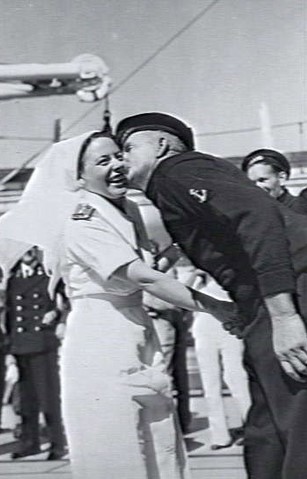
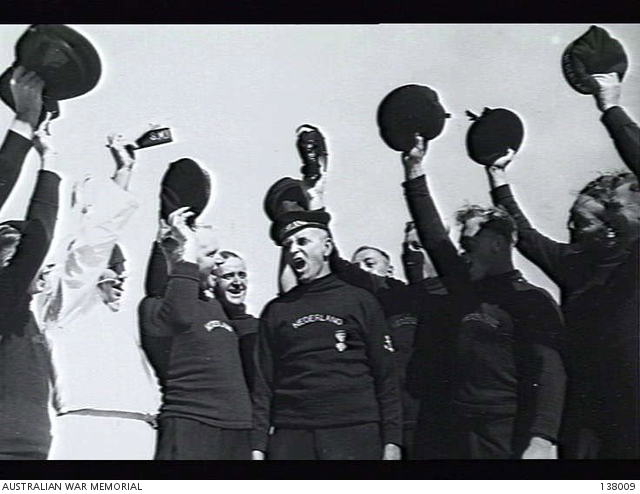
See also:
